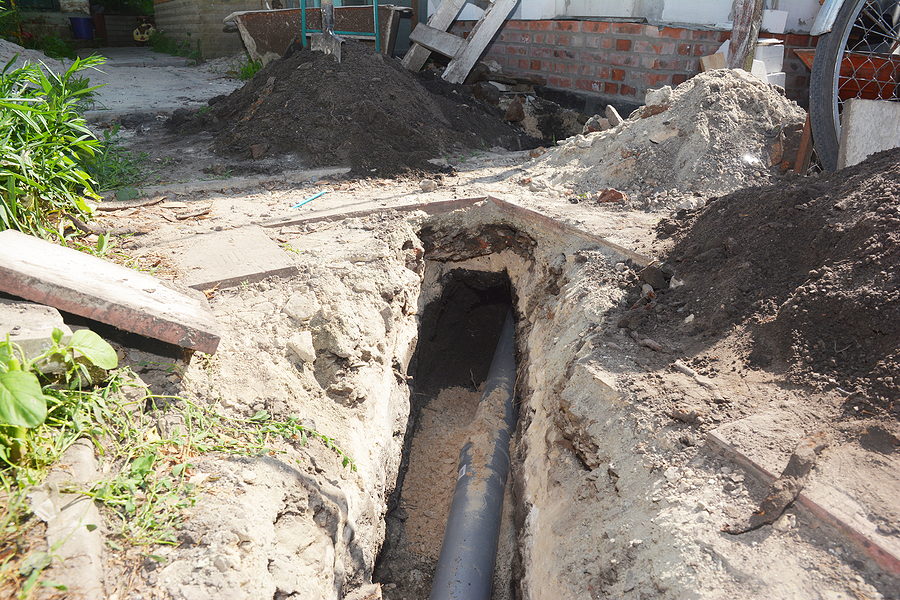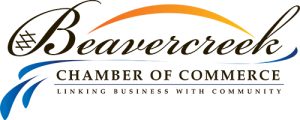When it comes to maintaining the health and functionality of your home, one area that often gets overlooked is the sewer system. However, issues with sewer systems can lead to significant problems, including property damage, health hazards, and costly repairs. This comprehensive guide will cover everything property owners need to know about sewer system repair, including common issues, repair techniques, and the latest technologies.
Common Causes of Sewer Line Problems
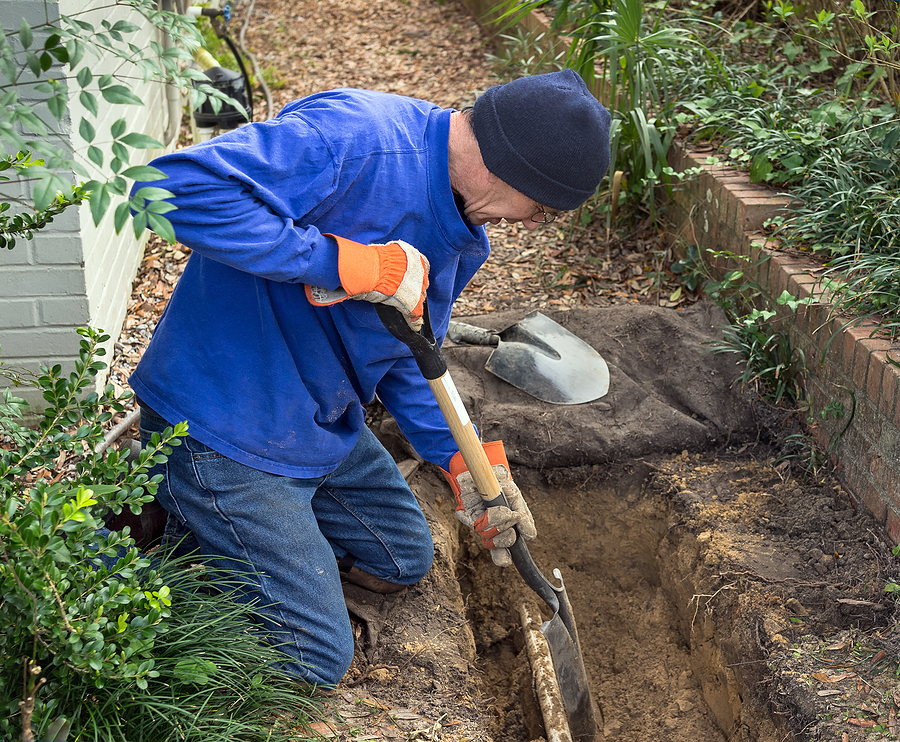
Sewer line problems can arise from a variety of causes, including:
- Tree Roots: Roots from nearby trees can infiltrate sewer pipes, causing blockages and cracks.
- Damaged Pipes: Aging infrastructure, ground movement, or external pressure can lead to cracks, breaks, or collapsed pipes.
- Sanitary Sewer Overloads: Excessive waste or non-flushable items can cause clogs and backups.
- Corrosion: Older metal pipes may corrode over time, weakening the structure and leading to leaks.
Identifying the root cause of the issue is essential for effective repair. This is where camera inspections come into play.
The Role of Camera Inspections
Types of Sewer Repairs and Techniques
Depending on the severity and location of the sewer line problem, different repair methods are employed:
- Traditional Excavation
This method involves digging trenches to expose the damaged pipe for repair or replacement. While effective, it can be disruptive to landscaping and structures.
- Trenchless Sewer Repair
Trenchless repair has become increasingly popular due to its minimal impact on the surrounding area. There are two primary trenchless techniques:
- Pipe Bursting: A bursting head is used to break apart the old pipe while simultaneously pulling a new pipe into place. This method is ideal for sewer replacements where the old pipe is beyond repair.
- Pipe Lining (Cured-In-Place Pipe or CIPP): This technique involves inserting a flexible liner coated with resin into the existing pipe. The liner is then inflated and cured to form a new pipe within the old one.
Targeted Repairs for Minor Issues
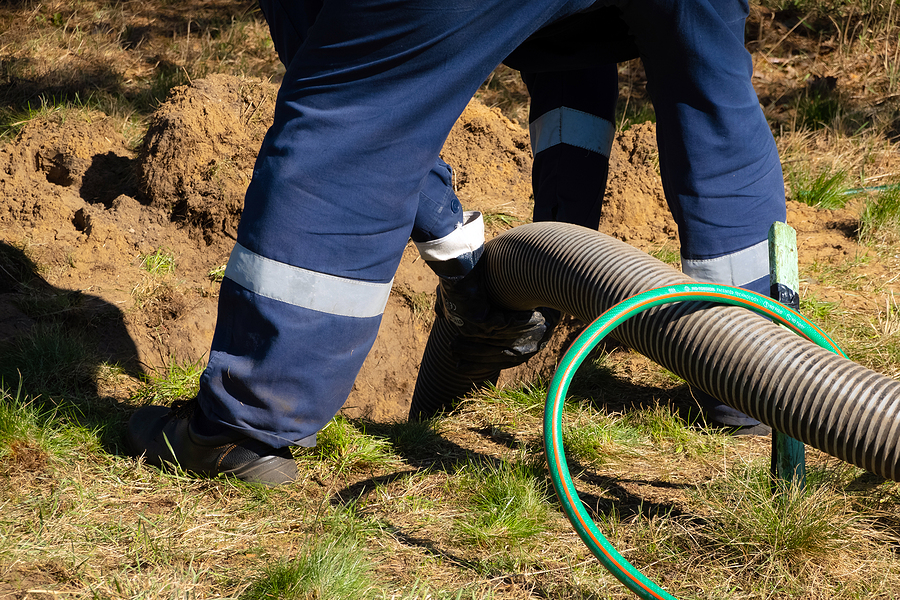
Targeted repairs for minor sewer line issues are an efficient and cost-effective solution that focuses on addressing specific problem areas without the need to replace the entire sewer line. Unlike traditional methods that often involve extensive excavation and full pipe replacement, targeted repair techniques are designed to fix localized damage, making them ideal for issues such as small cracks, isolated blockages, minor leaks, or joint misalignments. These repairs typically begin with a thorough camera inspection to accurately identify the problem’s location and extent.
Once the issue is pinpointed, specialized tools and techniques—such as pipe lining, spot repairs, or sectional pipe replacements—are used to address the damaged section. For example, cured-in-place pipe (CIPP) lining involves inserting a resin-coated liner into the affected area, which hardens to create a durable, seamless inner pipe without the need to dig up large portions of the yard. Similarly, hydro jetting can effectively clear localized blockages caused by debris, grease buildup, or tree root intrusions. Targeted repairs not only minimize disruption to the surrounding property but also reduce labor costs and project timelines, making them a practical choice for homeowners facing minor sewer line issues.
Preventative Maintenance and Inspections
Regular sewer inspections are crucial for identifying potential issues before they become major problems. Property owners should schedule inspections periodically, especially if their home is older or located near large trees.
While repairs can address many issues, there are situations where full sewer replacements are necessary. This includes:
- Extensive damage from corrosion or root intrusion
- Frequent backups or persistent blockages
- Old, deteriorated pipes that are beyond repair
Choosing the Right Repair Method
Selecting the appropriate repair techniques depends on several factors:
- Type of Sewer Line: Different materials (e.g., clay, cast iron, PVC) may require specific methods.
- Location of the Damaged Pipe: Accessibility plays a significant role in determining whether trenchless or traditional methods are suitable.
- Severity of the Damage: Minor cracks may only need spot repairs, while severe damage might necessitate full replacements.
Understanding the basics of sewer system repair can help property owners make informed decisions when faced with a sewer line problem. Whether it’s a minor blockage or a need for extensive sewer line repair, modern technologies like camera inspections, trenchless sewer methods, and targeted repairs offer effective solutions with minimal disruption. Regular maintenance and timely interventions are key to maintaining a healthy, functional sewer system.

